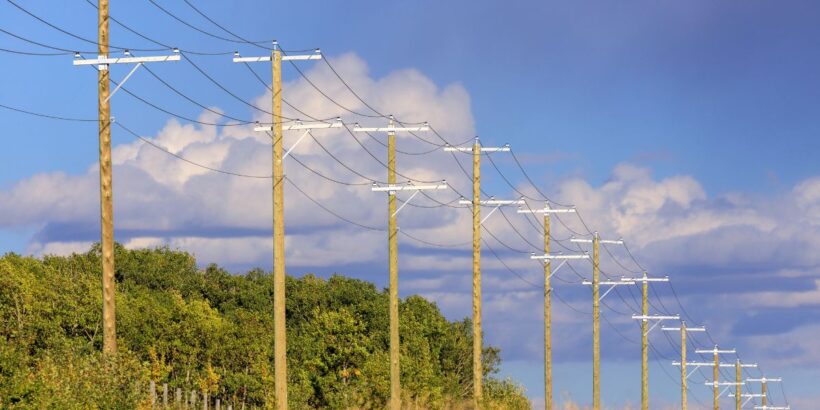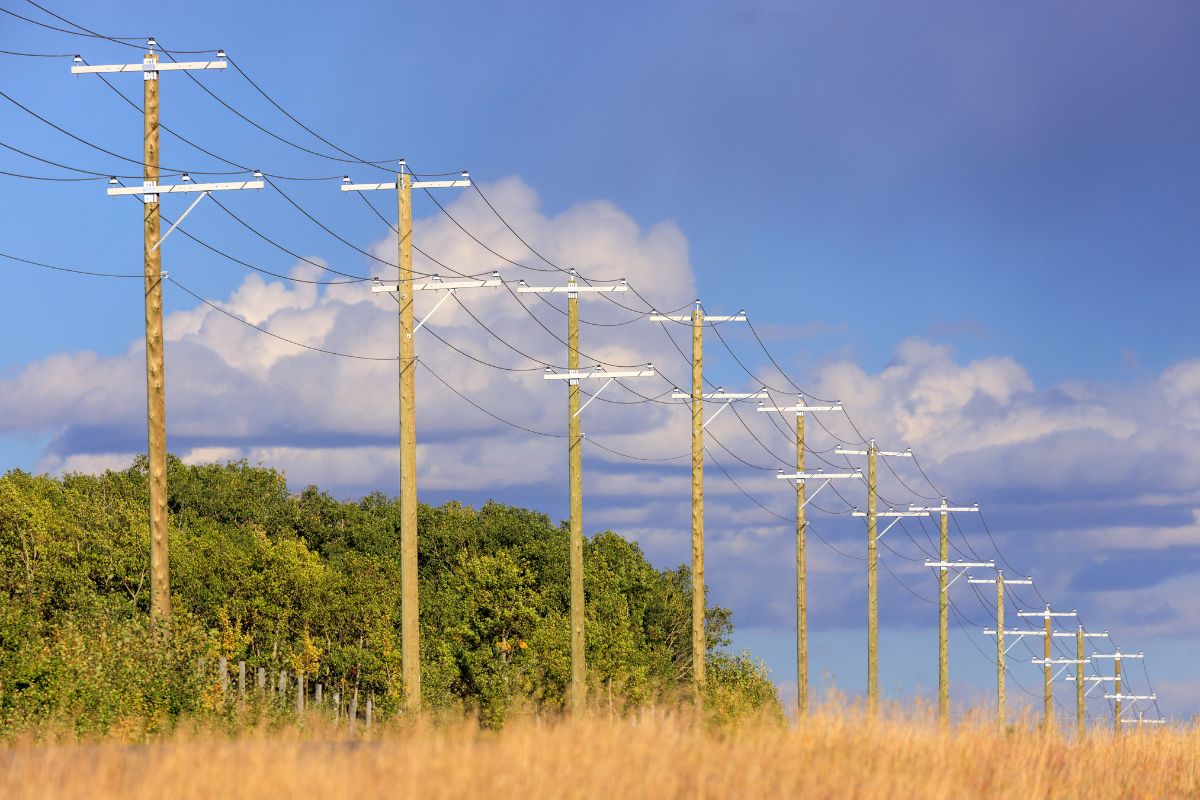Utility poles quietly support the myriad systems that power our daily lives. The design of these structures plays a crucial role in the safety, efficiency, and sustainability of an area’s infrastructure.
Explore the various factors that urban planners and utility companies must carefully consider when designing utility poles. Understanding this process’s complexities is essential to ensure the development of a robust and reliable urban framework.
Pole Design
Utility pole designs must strike a balance between functionality and aesthetics to best benefit their environment’s infrastructure. Poles are the primary means to support various overhead power and communication cables, meaning professionals must carefully calculate their structure. Factors such as weight distribution, load-bearing capacity, and the interplay between the different services they accommodate are crucial considerations for utility companies and engineers.
In developing urban environments, aesthetic designs are increasingly being embraced as tools to brand a city and celebrate its unique identity. However, these designs should never compromise structural integrity. Balancing utility with visual appeal is an artful necessity—one that engineers and professionals can achieve through innovative materials and careful engineering.
Longevity of Building Materials
Utility poles are expected to last for decades, braving the elements and avoiding the need for frequent replacements that could disrupt daily life. Selecting durable, weather-resistant materials with a proven track record is vital to extend utility poles’ longevity and minimize maintenance.
Traditional materials like treated wood have served well, but newer composites and coatings are entering the market, offering superior durability and resistance. For example, ductile iron’s life expectancy compared to alternate materials is far better. As urban areas continue to develop and grow, materials that can stand the test of time while maintaining their properties are essential for a sustainable, future-proof infrastructure.
Environmental Impact and Sustainable Materials
With a growing focus on sustainability and environmental responsibility, the material choices made in utility pole design carry significant weight. Sustainable forestry practices and use of recyclable materials can mitigate the environmental impact of pole installations.
Newer materials and processes are designed to be more energy-efficient, sustainable, and less toxic. This shift toward more eco-friendly options benefits the planet and reflects positively on a city’s image and values.
Resistance to Local Weather Conditions
Every locale presents a unique set of environmental challenges, from hurricanes or tornadoes to heavy ice and snow loads. Utility poles must feature designs that withstand these conditions, ensuring the continuity of essential services during and after natural disasters.
Engineering poles to resist local weather extremes is not a one-size-fits-all task. For example, some poles may require certain sealants to protect against ice and snow, while others may need specific material choices to prevent wildfire damage.
Designing effective utility poles is a multifaceted undertaking, merging the need for functionality, resilience, and sustainability with the desire for visual cohesion in urban planning. It is a field ripe for innovation and creativity, offering opportunities to enhance the very fabric of our cities while guaranteeing their ability to adapt and endure.
In the coming years, utility poles will no doubt play an even more vital role in the modernization of city initiatives in urban areas worldwide. By carefully considering key factors of utility pole design, we can lay the foundational groundwork for a future that is both bright and reliably connected.

